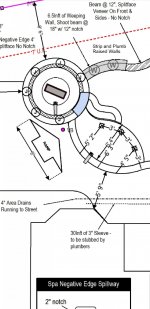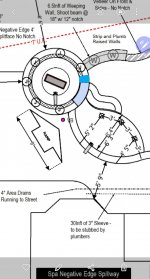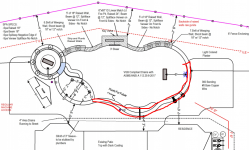Turbo1Ton
Gold Supporter
- Dec 26, 2019
- 1,995
- Pool Size
- 14500
- Surface
- Plaster
- Chlorine
- Salt Water Generator
- SWG Type
- Pentair Intellichlor IC-40
I would ask what proof, other than the stone deteriorated, do they have that it was the fault of the SWCG? Did they also have another pool with the same materials of construction and maintain the exact same water chemistry in both, to compare against? It has been discussed on here many times, that the SWCG does not cause damage to the materials. The materials are inferior for use around the pool and that is why they were damaged. If you really don't want the SWCG, that's cool, but you shouldn't base that decision on whether it will damage anything. Because within a couple of years, your regular chlorine pool will likely have as much salt as most salt water pools. The liquid chlorine itself, is made of salts. Those get left behind every time you add chlorine.
I'm with @Jimrahbe on this, I would fill in my pool before I would be without a SWCG.
I would defer to one of the other Houstonians on here about how much, but during the summer, you will be adding a lot of chlorine daily, to keep up with the demand.
It appears a few of the usual suspects may have not seen your thread. @Dirk, @Jimrahbe - I know you have a lot better handle on this than I. Anything to add?
Thanks,
--Jeff
I'm with @Jimrahbe on this, I would fill in my pool before I would be without a SWCG.
I would defer to one of the other Houstonians on here about how much, but during the summer, you will be adding a lot of chlorine daily, to keep up with the demand.
It appears a few of the usual suspects may have not seen your thread. @Dirk, @Jimrahbe - I know you have a lot better handle on this than I. Anything to add?
Thanks,
--Jeff





